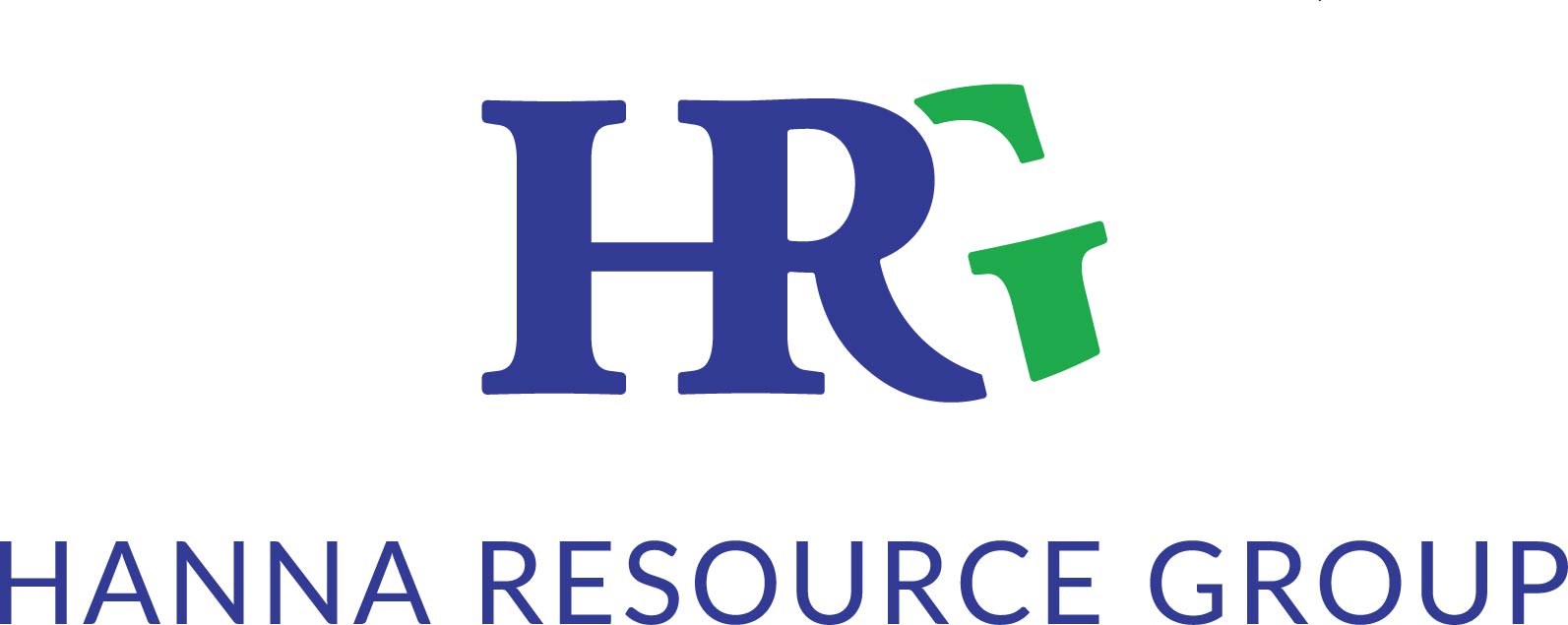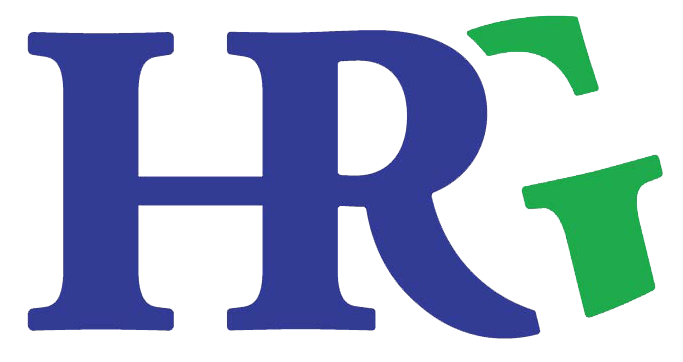
As the workplace continues to evolve at lightning speed, many organizations are laser-focused on hiring, upskilling, and adapting to new business needs. But what about the other side of the workforce change, the side where people leave?
The reality is this: career transitions are no longer a “just in case” scenario; they are a certainty. And how organizations manage those transitions has become a defining marker of leadership, culture, and brand.
Outplacement Is More Strategic Than Ever
Outplacement is no longer just a résumé service handed out during a layoff. It has become a strategic business decision—one that directly impacts brand reputation, employee morale, and talent mobility.
In our recent webinar, From Job Loss to New Opportunity: Career Coaching Insights, we explored how companies are modernizing their approach to workforce transitions. Some of the key trends included:
- Human-centered support paired with scalable technology: Combining empathetic coaching with digital platforms ensures personalized yet efficient support for transitioning employees.
- Proactive planning for redeployment and internal mobility: Identifying opportunities within the organization can retain talent and reduce the need for external hiring.
- Using outplacement to preserve culture and strengthen employer branding: Demonstrating commitment to employees during transitions reinforces organizational values and reputation.
- Aligning outplacement with equity, retention, and leadership values: Ensuring fair and consistent support across all levels promotes trust and inclusivity.
Rather than being reactive, today’s leading companies are embedding outplacement into their workforce planning efforts—and seeing a real return on investment.
There’s More to Outplacement than Morale

Strategic outplacement is just as much a powerful business decision as it is a compassionate gesture. When done right, it protects your employer brand, minimizes risk, and drives measurable outcomes for both the individual and the organization. Here’s how strategic outplacement translates into real, measurable outcomes for both the individuals you support and the culture you protect.
Increased Job Search Success
Professional coaching significantly boosts an individual’s ability to secure new employment. According to research published in the Psychological Bulletin, coached professionals are 2.67 times more likely to land a job compared to those who navigate a career transition on their own. When former employees experience structured support and tangible progress, they’re more likely to view their transition positively, protecting your company’s brand reputation and preserving alumni goodwill.
Faster Reemployment
The longer a former employee remains unemployed, the higher the emotional and financial toll—not just on them, but on your company’s public perception. Research from Lee Hecht Harrison shows that job seekers with access to structured coaching secure employment 20–60 percent faster than those without. Shortening the job search window reduces unemployment claim costs and lowers the risk of negative online reviews or disgruntled alumni sentiments. A faster path to reemployment keeps your employment brand strong and helps maintain morale among remaining employees.
Higher Salaries
Career coaching does more than help people land jobs—it helps them land better jobs. Studies by the Wharton School and ICF found that individuals who receive coaching are more likely to negotiate stronger compensation packages. This includes not only base salaries, but also benefits, bonuses, and long-term incentives. These improved outcomes are often the result of enhanced self-presentation, clearer career direction, and stronger interview performance. By supporting exiting employees in securing meaningful and well-compensated roles, your organization reinforces a culture of long-term care and professionalism.
Boosted Confidence and Resilience
Career disruption can severely impact self-esteem and create lasting psychological stress. Coaching mitigates these effects, with 80 percent of professionals in the ICF Global Coaching Study reporting increased self-confidence. This matters because confidence isn’t just about personal morale—it’s directly tied to performance in interviews, networking efforts, and the speed at which someone can regain career momentum. Employees who leave your organization with renewed confidence carry that experience with them—and speak of it. That kind of reputational lift pays dividends through referrals, rehiring opportunities, and lasting professional goodwill.
People who land faster, earn more, and feel supported are far more likely to stay connected to your brand in a positive light. That means fewer legal disputes, stronger Glassdoor reviews, more future talent referrals, and even potential rehires. Strategic outplacement isn’t about the end of the road. It’s about opening new doors for people, and for your company’s long-term success.
HR’s Role in Career Transitions
If you’re in HR, this work belongs to you. Whether you’re leading a layoff, planning a restructure, or simply preparing for what’s next, how you support career transitions says more about your company’s culture than any mission statement ever could.
In a world where employee expectations are evolving, outplacement has become a defining marker of organizational maturity and leadership credibility. According to a 2023 SHRM survey, 58 percent of employees say how a company handles layoffs influences their decision to apply or accept a role there in the future. That means the offboarding experience is for everyone who’s watching, not just for those who are leaving.
The Hidden Impact of Transitions
Layoffs and restructures can create ripple effects across your organization, impacting morale, productivity, and even retention. One study by Harvard Business Review found that surviving employees experience a 20 percent drop in job performance after a layoff, and a 41 percent drop in job satisfaction, especially when transitions are handled poorly.
Conversely, when employees see their peers treated with respect and offered coaching, resources, and a clear path forward, they’re more likely to trust leadership and stay engaged. A consistent, values-driven approach to transition shows that your culture holds up even when things get hard.
Best Practices for HR Professionals Leading Transitions
If you want to build a transition process that’s as intentional and well-executed as your hiring strategy, consider these five key practices that elevate the experience for both the individual and the organization:
1. Plan Ahead, Even If You’re Not Downsizing Today
Outplacement is often associated with layoffs, but the most effective organizations treat it as a proactive tool rather than a reactive solution. Whether you’re navigating internal mobility, reorgs, or workforce realignment, incorporating transition planning into your overall HR strategy allows for smoother, more thoughtful execution when the time comes. This includes conducting regular workforce reviews, identifying potentially impacted roles in collaboration with finance and leadership, and establishing relationships with outplacement partners ahead of need. Having these systems in place means you’re prepared and not panicked when change arises.
2. Prioritize Communication, Not Just Compliance
Employees may forget the specifics of a severance package, but they’ll always remember how they were treated. Leading with empathy means more than simply checking boxes. It starts with equipping managers to deliver difficult news clearly and compassionately. HR should ensure that affected employees receive timely, transparent information and know where to turn for answers. But communication can’t stop there. It’s equally important to support the broader workforce with honest messaging and space to process the change, which helps rebuild trust and stability across the organization.
3. Offer Tiered, Personalized Support
No two employees are the same, so a one-size-fits-all approach to outplacement won’t cut it. Junior employees may need résumé and interview guidance, while senior leaders often require executive-level coaching and discreet networking support. Personalizing the experience ensures every individual receives tools appropriate to their goals and stage in life. This may include tailored coaching, access to job search platforms, skill development opportunities, or guidance on financial and emotional resilience which are all designed to help people land well and land quickly.
4. Align Outplacement with Your DEI and Culture Goals
Transitions, if handled without intention, can inadvertently undercut hard-won progress in diversity, equity, and inclusion. It’s important to assess the demographic impact of workforce changes and engage ERG leaders or DEI practitioners in the planning process. Ensuring that every employee—regardless of level, tenure, or background—receives equitable support demonstrates a true commitment to inclusion.
5. Close the Loop and Stay Connected
An exit doesn’t have to mean the end of a relationship. Former employees can become powerful advocates, future clients, or even rehires. Creating opportunities for connection, whether through alumni networks, follow-up communications, or positive offboarding experiences, extends the employer brand beyond the walls of your organization. Encourage managers to maintain relationships, and pay attention to the feedback shared on platforms like Glassdoor and LinkedIn. How someone leaves your company is just as important as how they were welcomed in.
6. Partner with a Trusted Third-Party Firm Like HRG
Managing transitions internally can overwhelm even seasoned HR teams. Partnering with a firm like Hanna Resource Group ensures displaced employees receive expert, personalized support ranging from résumé development and interview prep to executive coaching and group workshops. HRG’s services are tailored to each situation and have been shown to reduce the average unemployment period by up to 40 percent. Outsourcing this function not only protects your brand and people, it frees your team to focus on leading through change.
Outplacement isn’t about letting people go. It’s about helping them move forward—with clarity, confidence, and support. And when HR leads these moments with empathy and intention, it creates a lasting legacy of trust.
Take the Next Step to Make Career Transitions a Competitive Advantage
If you’re ready to rethink how your organization approaches career transitions, we invite you to take the next step. Watch our recent webinar, From Job Loss to New Opportunity: Career Coaching Insights, to explore how outplacement can become a strategic advantage. Or, if you’re considering partnering with a trusted firm to support your workforce through change, contact us to start the conversation. Let’s build a transition strategy that reflects your values—and moves people forward with purpose.








